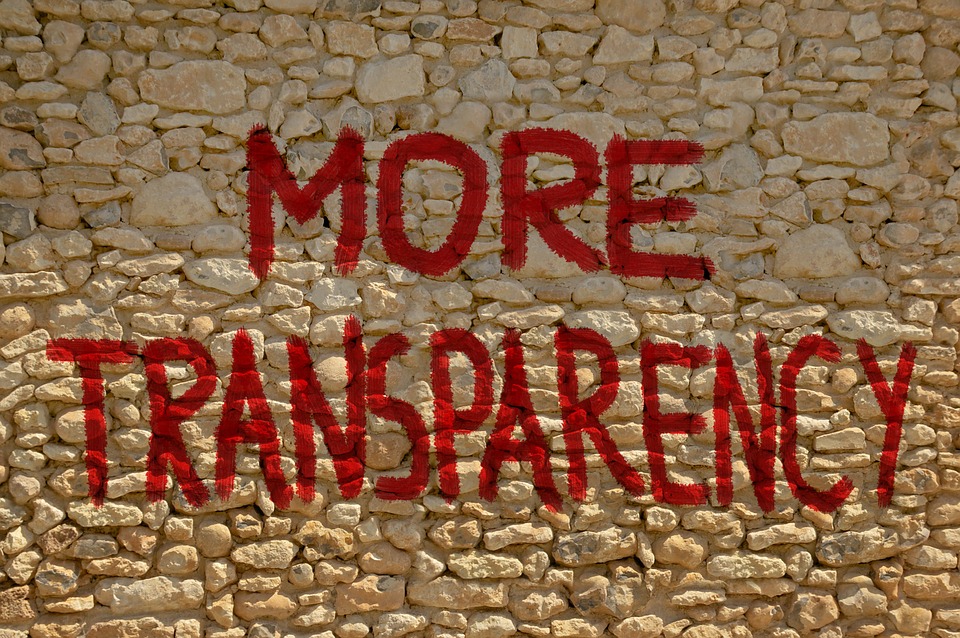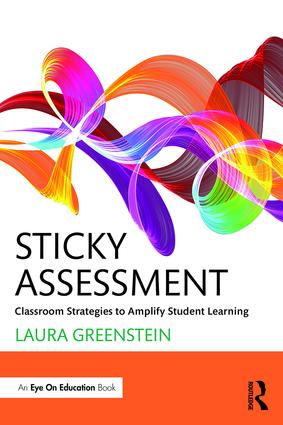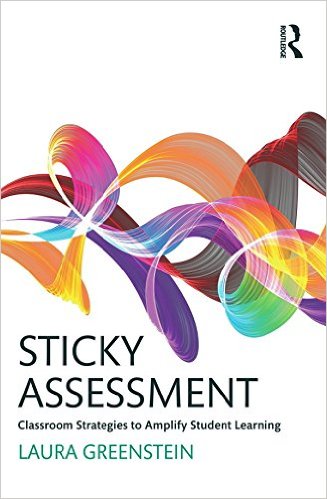Teachers are amazing. They arrive early to prepare for the day, encourage and support learners through a spectrum of cognitive and behavioral competencies, and routinely communicate with others to share and strengthen their practice. They comply with a multitude of mandates from teaching to standards to administering standardized tests. Between the standards and the tests are opportunities for upskilling.
Upskilling is like reaching for the next step on the ladder. Teachers continuously traverse multiple ladders such as classroom management, instruction, assessment, and school improvement plans. Upskilling assessment means stretching beyond comfortable practices to those that engage students in reaching higher levels of learning, include reciprocal assessment, incorporate multiple methods throughout levels of the taxonomy, and meaningful responses to student progress and lingering gaps.
ladders such as classroom management, instruction, assessment, and school improvement plans. Upskilling assessment means stretching beyond comfortable practices to those that engage students in reaching higher levels of learning, include reciprocal assessment, incorporate multiple methods throughout levels of the taxonomy, and meaningful responses to student progress and lingering gaps.
Most teachers are already doing much of that with cohesion and precision. Upskilling simply means striving, step by step, towards higher levels of practice: Just like learning a sport, cooking, or artistry. Following the steep learning curve of a teacher’s first few years, continuous learning becomes a habit that is supported by emerging research on cognition, instruction, and assessment of student learning.
It is this last one, assessment, that can be confidently upskilled by following these core ideas: Alignment, Mutuality, and Stickiness.
Upskilling Understanding
Everyone likes to hear that they are good at what they do: From the child on the bunny slope to the winner of the national spelling bee, each of us is good at something. When Mr. O’Byrne asks his students “What’s your special power,” he doesn’t expect them to be supermen and superwomen, but rather to think deeply about what they know and do. Marcus says that he can run so fast that his mother always picks him to go to the groceria for milk. Zyrla says he can do math in his head, and Odessa says she helps her friends when they have a problem.
Teachers too have secret powers. Mr. O’Neal says he can listen to two students reading different texts at the same time, and Mrs. Angelou convinces her students that with just “a little more oomph” they can succeed. I have never heard a teacher say their secret power is assessing. Why, because typically assessment means testing. In fact, the Educational Testing Service, which administers the SAT, believes that “testing, assessment, and evaluation can be used interchangeably.” However, James McMillan (2000) explains that “measurement assigns a score and evaluation interprets the score.” Huba and Freed (2000), state that “Assessment is the process of gathering and discussing information from multiple and diverse sources in order to develop a deep understanding of what students know, understand, and can do with their knowledge as a result of their educational experiences; the process culminates when assessment results are used to improve subsequent learning.”
In other words, a test is merely a strategy such as an essay or multiple choice. Assessment is purposeful and aligned, the learning targets are clear to students, and multiple measures gauge the outcomes of learning and guide next steps.
Upskilling Purpose and Process
 When assessment that is about the learner rather than the teacher, it becomes more relevant, engaging and mutual. When assessment is focused on improvement, varied strategies are used to assess divergent learning outcomes that are clear to the teacher and student from the start. This requires deconstructing large-scale standards into assessable portions. For example:
When assessment that is about the learner rather than the teacher, it becomes more relevant, engaging and mutual. When assessment is focused on improvement, varied strategies are used to assess divergent learning outcomes that are clear to the teacher and student from the start. This requires deconstructing large-scale standards into assessable portions. For example:
Large Scale: Students will be able to compare and contrast findings from multiple sources.
Local: Students will use a graphic organizer to compare at least 3 sources of energy based on 4 reliable resources.
In an authentic learning opportunity, each student posts their graphic for a rubric-based peer review based on accuracy of content, clarity of strengths and weaknesses, coherent and readable design, and quality of sources. After a collaborative review, students plan a world summit on energy. In teams, they defend their recommendations and a panel of judges evaluates their data and arguments.
Teacher evaluation models such as Charlotte Danielson’s Framework for Teaching and Robert Marzano’s Domains rely on the research on best-practice. In relation to classroom assessment, their models include alignment with standards, engagement of learners, participation in cognitively complex tasks, and student goal setting. In these ways, assessment becomes a collaborative and mutual process that makes learning meaningful and sticky.
For more information, visit the Assessment Network. You can find more 
ideas on alignment, mutuality, engagement, and sticky practice here:

 ladders such as classroom management, instruction, assessment, and school improvement plans. Upskilling assessment means stretching beyond comfortable practices to those that engage students in reaching higher levels of learning, include reciprocal assessment, incorporate multiple methods throughout levels of the taxonomy, and meaningful responses to student progress and lingering gaps.
ladders such as classroom management, instruction, assessment, and school improvement plans. Upskilling assessment means stretching beyond comfortable practices to those that engage students in reaching higher levels of learning, include reciprocal assessment, incorporate multiple methods throughout levels of the taxonomy, and meaningful responses to student progress and lingering gaps. When assessment that is about the learner rather than the teacher, it becomes more relevant, engaging and mutual. When assessment is focused on improvement, varied strategies are used to assess divergent learning outcomes that are clear to the teacher and student from the start. This requires deconstructing large-scale standards into assessable portions. For example:
When assessment that is about the learner rather than the teacher, it becomes more relevant, engaging and mutual. When assessment is focused on improvement, varied strategies are used to assess divergent learning outcomes that are clear to the teacher and student from the start. This requires deconstructing large-scale standards into assessable portions. For example:
 By taking these four steps, teachers can utilize best practices in the classroom that refocus assessment on the student and their learning rather than the teacher and their strategy.
By taking these four steps, teachers can utilize best practices in the classroom that refocus assessment on the student and their learning rather than the teacher and their strategy. When learning targets are clear, students can monitor their progress and regulate learning. The teacher’s role is to help learners diagnose errors and recognize the value of mistakes as learning opportunities. If a student recognizes their own “Whoops” and can adjust their own learning, it is more personalized than when a student simply utilizes the teacher’s feedback about the right formula to use or the rules for commas and clauses.
When learning targets are clear, students can monitor their progress and regulate learning. The teacher’s role is to help learners diagnose errors and recognize the value of mistakes as learning opportunities. If a student recognizes their own “Whoops” and can adjust their own learning, it is more personalized than when a student simply utilizes the teacher’s feedback about the right formula to use or the rules for commas and clauses.
